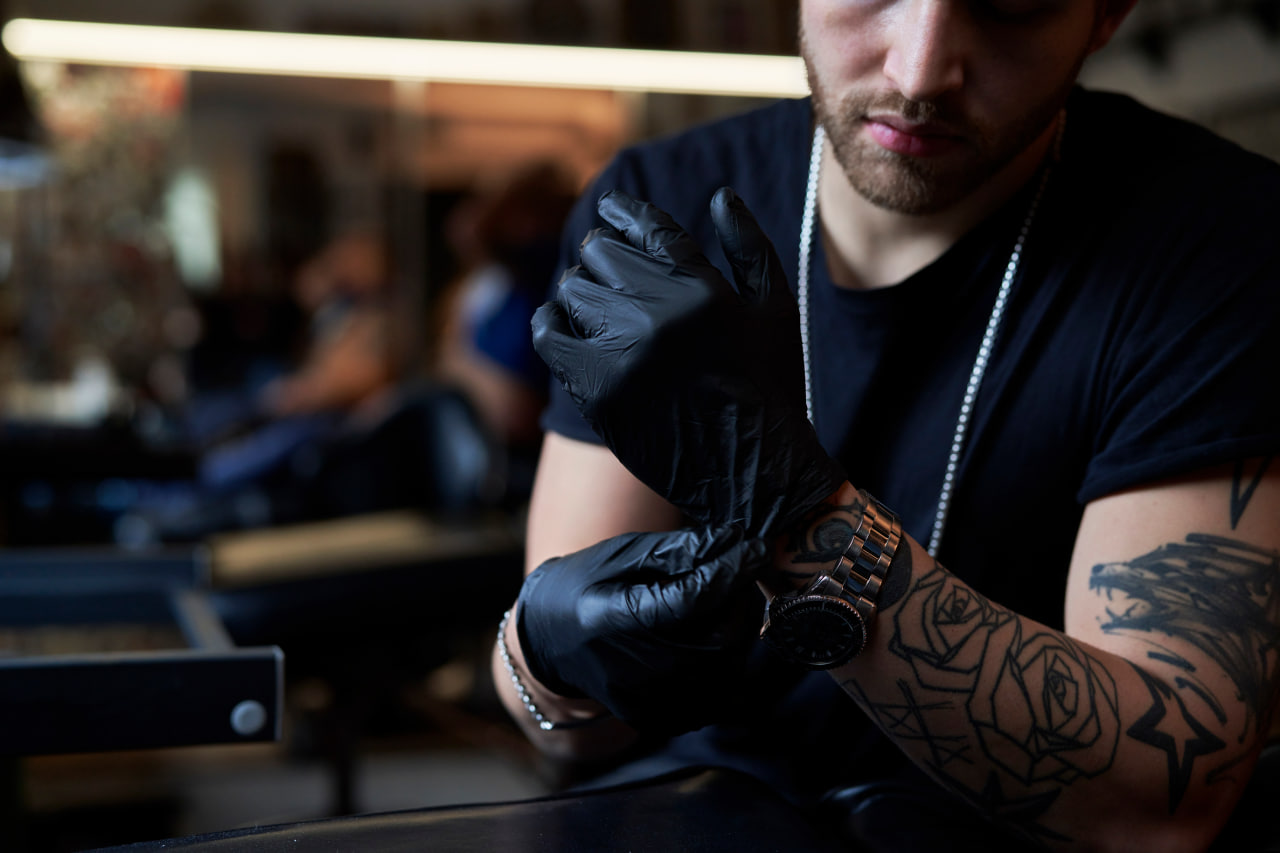Tattooing is one of the oldest forms of artistic expression in human history, serving as a medium for identity, storytelling, spiritual belief, and social status. Over millennia, the practice has evolved from ritualistic markings and tribal symbols to a global art form celebrated for creativity, technical skill, and personal expression. Understanding the evolution of tattoo art reveals the cultural, technological, and social factors that shaped this enduring form of human expression.
Origins of Tattooing
The origins of tattooing date back thousands of years, with evidence of inked skin found on mummified remains across multiple continents. Early tattoos often held spiritual, symbolic, or protective significance. In ancient Egypt, tattoos were associated with fertility and religious rituals, while Polynesian societies used intricate body markings to convey social status, lineage, and achievements.
In many indigenous cultures, tattooing functioned as a rite of passage, a marker of adulthood, or a protective talisman. These early forms of tattooing relied on natural pigments, sharp tools, and hand-poked techniques, reflecting ingenuity and cultural significance. The permanence of tattoos made them powerful symbols of identity and affiliation.
Tattoos in Ancient Civilizations
Ancient civilizations further developed tattooing as both cultural expression and personal adornment. In Japan, for instance, tattoos were initially linked to spiritual beliefs and later evolved into intricate body art reflecting status, storytelling, and artistic mastery. In Rome and Greece, tattoos were sometimes used as marks of punishment, identification for slaves or soldiers, or commemorative symbols.
The meanings of tattoos varied widely, reflecting the values, beliefs, and priorities of each society. Across civilizations, tattooing often symbolized courage, devotion, and belonging. Techniques and designs were influenced by local materials, artistic traditions, and societal norms, creating a rich diversity of early tattoo styles.
The Spread of Tattooing
Exploration, trade, and migration facilitated the spread of tattooing practices across the world. Polynesian sailors introduced tattoos to other Pacific islands, while European explorers brought knowledge of indigenous tattooing back to their home countries. Tattooing became a symbol of adventure, identity, and cultural exchange, blending artistic traditions from multiple regions.
During the 18th and 19th centuries, sailors and military personnel helped popularize tattoos in Europe and North America. Tattoos often represented loyalty, courage, or memorialization, and they began to evolve into distinct stylistic traditions influenced by cultural encounters and personal experiences.
Technological Innovations
Technological advancements transformed tattooing from rudimentary tools to precise and versatile machines. The invention of the electric tattoo machine in the late 19th century revolutionized the art, allowing for faster, more consistent, and intricate designs. Artists could now experiment with shading, color, and line work, expanding the creative possibilities of tattooing.
Modern inks, sterilization methods, and advanced needles further enhanced safety, precision, and artistic quality. Technological innovation has allowed tattoo artists to push boundaries, combining traditional techniques with contemporary styles to create highly detailed and personalized works of art.
Styles and Artistic Movements
Over time, tattooing has diversified into numerous styles, each with its own aesthetic principles and techniques. Traditional styles, such as American traditional or Japanese irezumi, emphasize bold lines, limited color palettes, and iconic symbolism. Contemporary movements include realism, watercolor, blackwork, geometric, and neo-traditional, reflecting broader trends in art and design.
Artistic movements in tattooing often mirror broader cultural shifts. For example, realism emerged alongside advancements in fine art techniques, while geometric and minimalist styles align with contemporary design trends. Artists continuously innovate by blending styles, experimenting with color and composition, and incorporating personal or cultural narratives into their designs.
Social Perception and Cultural Acceptance
Historically, tattoos were sometimes stigmatized, associated with rebellion, criminality, or marginal groups. Over the 20th and 21st centuries, societal attitudes shifted dramatically, with tattoos gaining acceptance as legitimate forms of art, self-expression, and fashion. Celebrities, athletes, and public figures helped normalize tattooing, while tattoo conventions and media exposure further elevated its status.
Today, tattoos are celebrated for their individuality, storytelling capacity, and aesthetic value. The social acceptance of tattoos has opened opportunities for artists to experiment, collaborate, and reach wider audiences, making tattooing a respected and dynamic profession worldwide.
Globalization and Contemporary Tattoo Culture
Globalization has accelerated the exchange of techniques, styles, and ideas in tattooing. Artists can draw inspiration from diverse cultural traditions while combining modern innovations. Online platforms and social media enable the sharing of portfolios, tutorials, and trends, creating a vibrant global community of tattoo enthusiasts and professionals.
Contemporary tattoo culture values both technical skill and artistic vision. Artists are recognized not only for precision and craftsmanship but also for their ability to create meaningful, personalized, and culturally resonant designs. The evolution of tattooing continues as artists push creative boundaries, exploring new materials, techniques, and narratives.
Tattoos as Personal and Cultural Narratives
Tattoos serve as a visual record of personal experiences, beliefs, and values. Each design tells a story, commemorates a milestone, or conveys identity. Beyond the individual, tattoos reflect broader cultural, social, and historical narratives, preserving traditions, honoring heritage, and inspiring dialogue across communities.
The enduring significance of tattooing lies in its ability to connect the past, present, and future. Ancient techniques inform contemporary practice, while modern innovations expand creative possibilities, allowing tattoo art to continue evolving while honoring its rich and diverse history.

